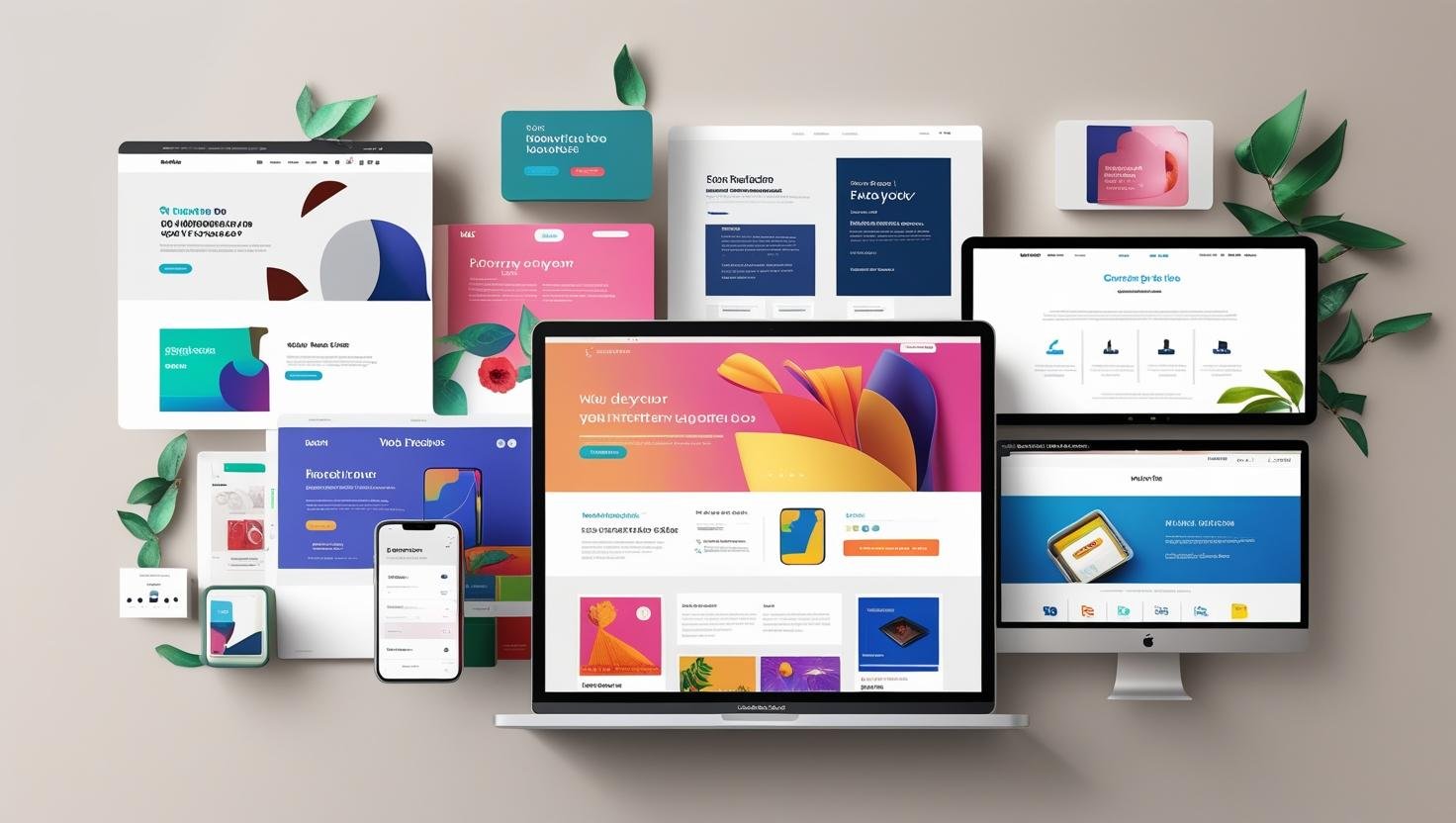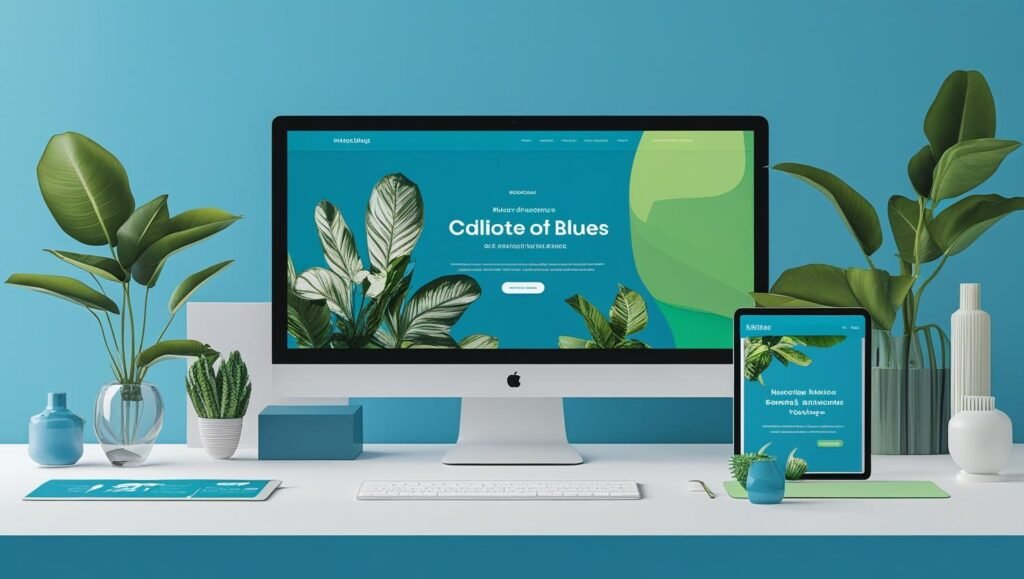
Beautiful Websites Fail (And Ugly Ones Sometimes Win)
Looks alone doesn’t guarantee success online, which is why ugly websites beat beautiful ones. I’ll be honest, it stings a little when a gorgeous website I’ve designed gets outperformed by a competitor’s site that looks like it was built in 2005. But it happens more often than you might think, and there’s a valuable lesson hidden in this frustrating reality.
Some of the most profitable websites on the internet would never win design awards, while stunning sites sometimes sit empty, generating little traffic or revenue.
Understanding why this happens can save you from making expensive mistakes with your own website.
The Beautiful Website Trap
Picture this: a restaurant website with stunning photography, elegant animations, and a colour palette that perfectly captures the brand’s sophisticated atmosphere. It loads slowly because of all those high-resolution images. The navigation is hidden behind a minimalist hamburger menu. The reservation system is buried three clicks deep behind artistic but unclear buttons.
Meanwhile, their competitor has a basic website with clear “Make a Reservation” buttons, visible phone numbers, and simple menu descriptions. Guess which one gets more bookings?
Beautiful websites often fail because they prioritise form over function. Designers and business owners fall in love with how something looks rather than how well it works. Every design choice should serve the user’s needs first and look pretty second.
When Ugly Wins (And Why)
Some of the internet’s most successful sites are visually unremarkable. Craigslist looks like it hasn’t been updated since 1999, yet it dominates classified advertising. Reddit’s design is basic at best, but it’s one of the most visited sites in the world. Amazon’s product pages are cluttered and busy, but they convert like crazy.
These “ugly” sites win because they excel at the fundamentals: they’re fast, easy to navigate, and focused entirely on helping users accomplish their goals quickly. They remove every possible barrier between the user and their desired outcome.
This doesn’t mean you should make your website ugly on purpose. It means that clarity, speed, and usability will always trump visual appeal when it comes to actual business results.
The Real Success Factors
Speed beats beauty every time
A gorgeous website that takes five seconds to load will lose to a plain one that loads instantly. Users are impatient, and every second of delay costs you potential customers. If you have to choose between a stunning image and fast loading times, choose speed.
Clear navigation trumps creative menus
That innovative navigation concept might win design awards, but if users can’t figure out how to find your services, it’s worse than useless. Familiar, predictable navigation helps users complete tasks without thinking.
Obvious beats clever
Your “Contact” page shouldn’t be called “Let’s Chat” or “Say Hello.” Your pricing page shouldn’t be hidden behind “Investment” or “Partnership Options.” Use words your customers use, not words that sound impressive.
Mobile usability matters more than desktop perfection
A site that looks amazing on a large monitor but frustrates mobile users is missing the majority of web traffic. If your beautiful design breaks down on smartphones, it’s not actually beautiful – it’s broken.
The Psychology of Web Design
Here’s something interesting: users often interpret visual complexity as difficulty of use. A cluttered or overly artistic design can make people assume your product or service is complicated too. Simple, clean designs suggest that working with you will be straightforward and hassle-free.
This is why many successful service businesses use surprisingly basic website designs. They want potential clients to think “this looks easy to work with” rather than “this looks expensive and complicated.”
Trust is another factor. Overly polished websites sometimes triggers mistrust, especially for local businesses. People want to see that you’re real, established, and focused on substance over style.
Finding the Sweet Spot
The goal isn’t to choose between beautiful and functional – it’s to find the sweet spot where good design serves clear functionality. The most successful websites are those that look professional and trustworthy while making it effortless for users to get what they need.
Start with function and add beauty that enhances rather than hinders the user experience. A well-designed site should feel intuitive and pleasant to use, not like a museum piece you’re afraid to touch.
Consider your audience too. A cutting-edge design agency needs a more visually striking website than a plumbing company, but both need sites that work flawlessly for their specific audiences.
What Your Website Really Needs
Before you worry about making your website beautiful, make sure it’s useful. Can visitors immediately understand what you do? Can they easily find your contact information? Does everything load quickly? Is it simple to navigate on mobile?
Once you’ve nailed these basics, then you can focus on making it look great. Good design should be invisible – it shouldn’t draw attention to itself but should make everything feel smooth and effortless.
Remember that your website’s job is to serve your business goals, not to impress other designers. A simple site that generates leads and sales is infinitely more valuable than a gorgeous one that doesn’t.
The Bottom Line
Beautiful websites fail when they sacrifice usability for aesthetics. Ugly websites win when they remove every obstacle between users and their goals.
The most successful websites find the balance – they look professional and credible while being incredibly easy to use.
Your website doesn’t need to be a work of art. It needs to be a work horse that reliably converts visitors into customers. Pretty is nice, but profitable is better.
Focus on making your website fast, clear, and user-friendly first. The visual polish can come later, and when it does, make sure it enhances the user experience rather than getting in the way of it.
Sometimes the most beautiful thing about a website is how well it works, not how it looks.

